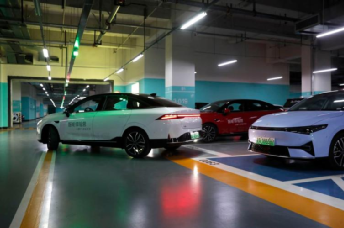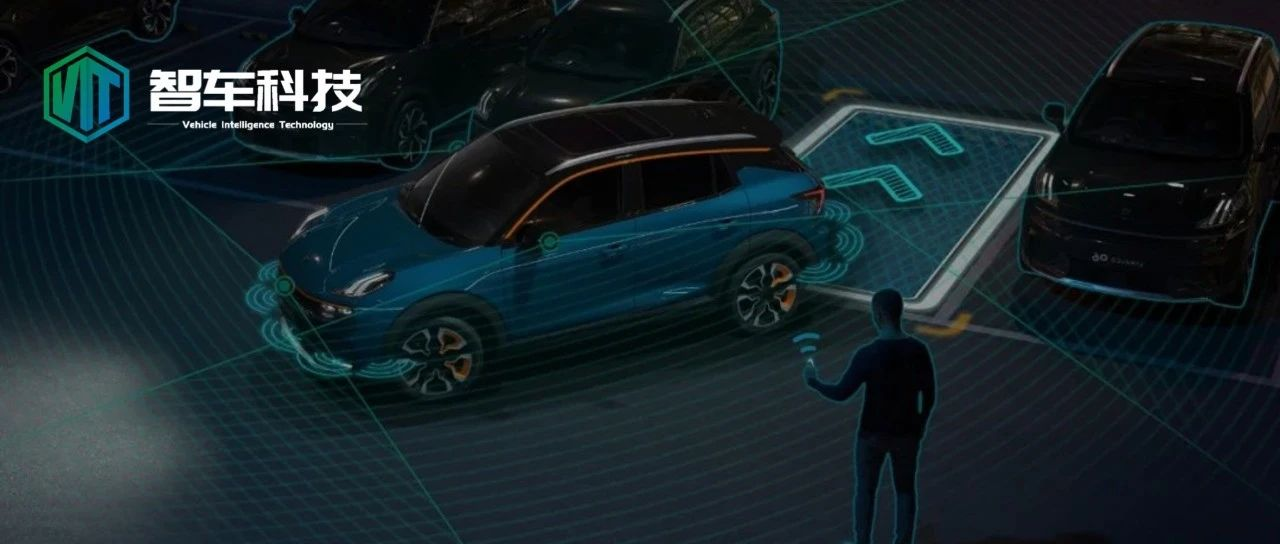Introduction
When it comes to the current autonomous driving technology, the most familiar to the public must be the assisted driving function that has already entered ordinary households. Compared to L4 or even higher levels of autonomous driving, drivers are more likely to trust having the steering wheel at their fingertips at all times, so that they can take over in case of emergency. Among the assisted driving functions that consumers can already experience, automated parking is definitely one of the most difficult and practical functions to implement. Imagine a novice driver who has just obtained their driver’s license, trying to reverse into a parking space in a narrow parking lot, often having to rely on another passenger to direct them and be careful not to scratch the car. The implementation of automated parking technology will solve this problem that has plagued novice drivers for many years and make parking less of a pain and more convenient. This article will lead readers to learn about the currently most popular assisted driving function – automated parking.
What is Automated Parking
Automated Parking System (APS) is an abbreviation for the English term Automated Parking System. A car equipped with an automatically parking function can achieve automatic recognition of parking spaces and complete the parking process automatically with the help of vehicle-mounted sensors, processors, and control systems without the need for manual intervention.

When using the automated parking function, the driver can get off at a designated drop-off point and give parking instructions through a mobile app. The car can automatically drive to a parking space in the parking lot without the need for user intervention and monitoring. Similarly, the driver can give retrieval instructions through the mobile app, and the car can automatically drive from the parking space to the designated pick-up point after receiving the instructions. The vehicle can still comply with the road traffic rules or the intra-parking lot traffic rules set by the parking lot operator during the autonomous driving process. Generally, automated parking mainly includes three parts: parking space searching, parking, and retrieval.
The Development Process of Automated Parking
The earliest automatic parking system can be traced back to 1992, when Volkswagen used automatic parking technology on its IRVW (Integrated Research Volkswagen) Futura concept car. The IRVW was a car with fully automated parking function, and the driver could get off the car and watch the whole process of automated parking. A computer about the size of a personal computer was installed in the trunk to control the entire automated parking system. Volkswagen estimated that this function would increase the car’s selling price by about $3,000, so they did not put the system into production.Autonomous parking function truly realized commercialization when Toyota provided the optional autonomous parking function on the hybrid Prius in 2003. Three years later, British drivers could add the function to their Prius for $700.
In 2004, a group of students from Linköping University in Sweden collaborated with Volvo to develop a project called Evolve. The Evolve car can park automatically in parallel. The students installed sensors on a Volvo S60, and a computer in the trunk to control the steering wheel, accelerator, and brake pedals. Siemens VDO is developing a stand-alone driver assistance system called ParkMate, which can help drivers find and park in parking spaces.

Nowadays, multiple high-end car models are equipped with autonomous parking functions, most of which are optional systems. The most well-known autonomous parking system in domestic cars is XPeng’s, which was highly praised by consumers once it was launched and is expected to be one of the key technologies leading intelligent automobiles in the future.
Details of Autonomous Parking Technology
The autonomous parking system consists of multiple sets of sensors, such as radars and cameras distributed around the vehicle. After acquiring relevant data such as images and distances, the data is transmitted to the processor, which analyzes the gathered data, forms an autonomous parking strategy, converts the strategy into signals, and controls the car to perform actions such as steering, reversing, and braking according to the instructions until the parking process is complete.
The autonomous parking process can generally be divided into three parts: space detection, path planning, and path tracking.
During the first step, space detection, the vehicle needs to maintain low speed, and the ultrasonic radars on both sides of the vehicle scan continuously the parking space on both sides. The detecting is finished when the distance between the scanned parking spaces is sufficient for the vehicle to park.
After determining the parking space, the second step is to plan a path from the current position to the parking space. This step is the most important and difficult part of autonomous parking. The challenge is to first know the exact location and orientation of the parking space and then to generate a driving path through appropriate planning algorithms. During the generation process, avoidance actions for static obstacles must be considered, and the vehicle’s dynamic constraints must be taken into account to ensure the safety and comfort of autonomous parking. During the parking process, response to dynamic obstacles is also necessary. Prediction of the future trajectory of obstacles at low speeds is needed, and a predetermined speed is used to avoid the obstacles, which is an essential feature of path planning.
After generating the final trajectory, the path tracking takes place. A good tracking algorithm can constantly provide feedback adjustments in case of certain locating errors or when the actuator fails to execute accurately, in order to ensure the safety of the actual driving path in the end.
It can be said that autonomous parking technology requires vehicles to have sufficient intelligent perception and decision-making systems, which can achieve L3, or even L4 automatic driving functions. At the same time, high-precision maps or self-built maps are required to cover the entire parking lot, so that vehicles can park in the designated spot. This also represents the highest level of currently available production of assisted driving functions.
The Future Development & Challenges of Autonomous Parking Systems
As automobile technology continues to advance, automatic parking systems will move towards autonomous parking technology breakthroughs and evolution. Autonomous parking, also known as valet parking or one-click parking, allows drivers to call vehicles parked at designated locations or instruct currently driven vehicles to park in designated or random parking spaces. During the normal course of action, no personnel operation or supervision is required, corresponding to the L3 level of the SAE autonomous driving level.
However, at present, the autonomous parking system is still imperfect in terms of functionality. Due to the high hardware perception and decision-making software requirements, there is still a long way to go in terms of technological implementation. At the same time, the incomplete high-precision map coverage of most parking lots also restricts the role of the function to some extent, allowing parking only in the final short reverse action.

In the future, autonomous parking will be the most frequently used technology for consumer use. For example, before using the car, clicking on the phone in advance could let the car arrive at the reserved location. After arriving at the destination, pressing the phone could let the car automatically park in position. Autonomous parking will be widely used by everyone before automatic driving is fully popularized, truly solving the problem of parking difficulties for drivers.
This article is a translation by ChatGPT of a Chinese report from 42HOW. If you have any questions about it, please email bd@42how.com.
